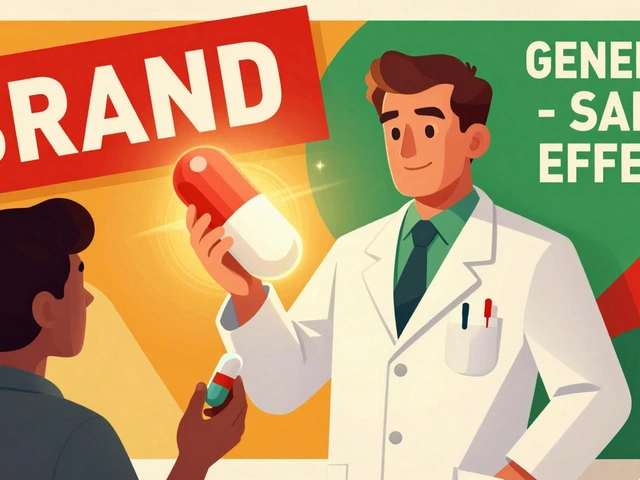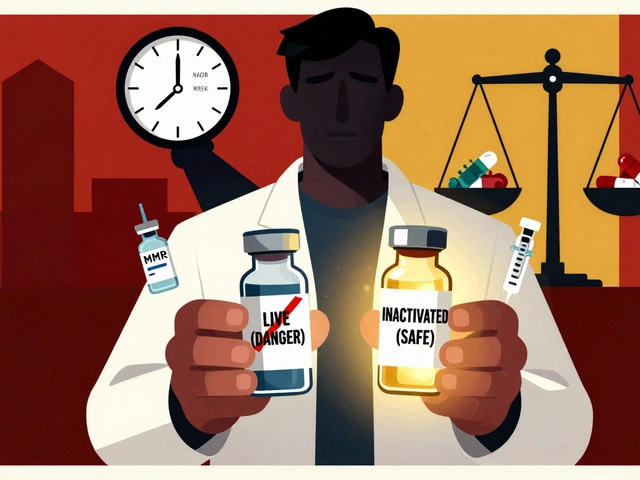Antibiotic Basics: Understanding How They Work and When to Use Them
If you’ve ever been handed a pill for a sore throat or a skin infection, chances are it was an antibiotic. These drugs target bacteria, stopping them from growing or killing them outright. The key thing to remember is that antibiotics only work on bacterial infections – they won’t help with colds, flu, or most ear aches caused by viruses.
Doctors decide which antibiotic to prescribe based on the type of bug they suspect and how severe the infection is. Broad‑spectrum antibiotics hit a wide range of bacteria, while narrow‑spectrum ones target specific strains. Picking the right one matters because using a broad drug when a narrow one would do can fuel resistance.
How Antibiotics Work and When to Use Them
Think of an antibiotic as a lockpick for bacterial doors. Some break down the wall that holds the bacteria together, others jam the machinery the bug uses to make proteins. When you take the medicine exactly as directed – right dose, right timing, full course – you give it the best chance to shut those doors completely.
Skipping doses or stopping early leaves a few tough bacteria alive. Those survivors learn how to dodge the drug and can cause another infection that’s harder to treat. That’s why finishing the prescribed course is non‑negotiable, even if you feel better after a couple of days.
Managing Risks: Resistance, Side Effects, and Alternatives
Antibiotic resistance isn’t just a buzzword; it’s a real threat. Overusing or misusing these drugs lets super‑bugs spread, making common infections dangerous again. Simple habits help curb this trend: only take antibiotics when a doctor says you need them, never share your prescription, and keep vaccinations up to date.
Side effects range from mild stomach upset to more serious issues like allergic reactions or yeast overgrowth. If you notice rash, difficulty breathing, or severe diarrhea, contact a healthcare professional right away.
When an infection can be treated without antibiotics, doctors might suggest alternatives. For many minor skin infections, topical creams work just fine. Probiotics can restore gut balance after a course of pills, and some viral illnesses respond better to rest, fluids, and over‑the‑counter pain relievers.
In cases where you’re allergic to a first‑line drug or the bacteria is resistant, doctors may turn to newer classes like fluoroquinolones or combination therapies. These options are reserved for tougher infections because they come with their own risk profile.
Bottom line: antibiotics are powerful tools, but they need respect. Use them only when necessary, follow the prescription exactly, and talk to your doctor about any concerns. By staying informed, you help protect yourself and keep these medicines effective for everyone else who needs them.






